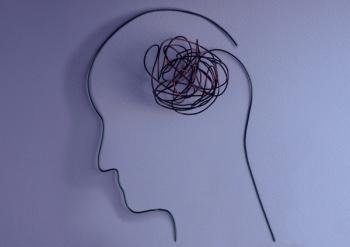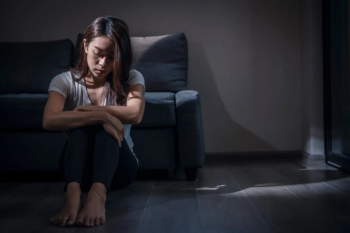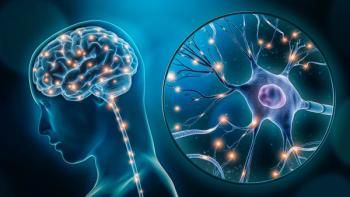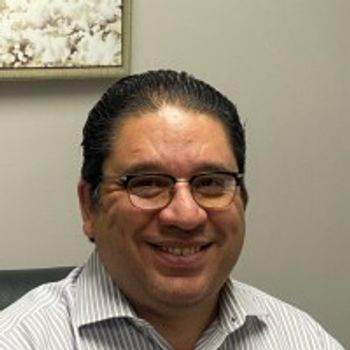
|Slideshows|April 29, 2020
Prevention of Covert COVID Iatrogenesis
Author(s)Harold J. Bursztajn, MD
In a time of panic, despair, and demoralization, art continues to inspire the author's reflections as it has over the last 40 years. Here, he shares some images that he finds inspirational and helpful. Even in winter there is hope.
Advertisement
Newsletter
Receive trusted psychiatric news, expert analysis, and clinical insights — subscribe today to support your practice and your patients.
Advertisement
Related Content
Latest CME
Advertisement
Advertisement
Trending on Psychiatric Times
1
New Phase 3 Clinical Vocal Biomarker Data on Brilaroxazine to Treat Negative Symptoms in Schizophrenia
2
Accident, or Is It? The Watershed Area Between Trauma and Suicide
3
FDA Accepts Investigational New Drug Application for COMP360 for PTSD
4
FDA Grants Breakthrough Therapy Designation to Alixorexton for the Treatment of Narcolepsy Type 1
5

















